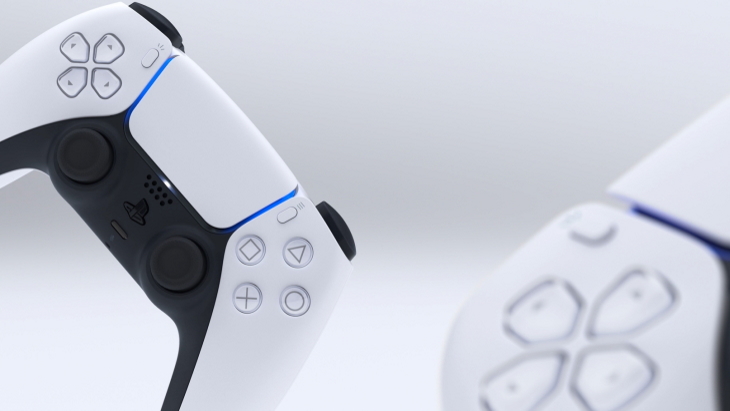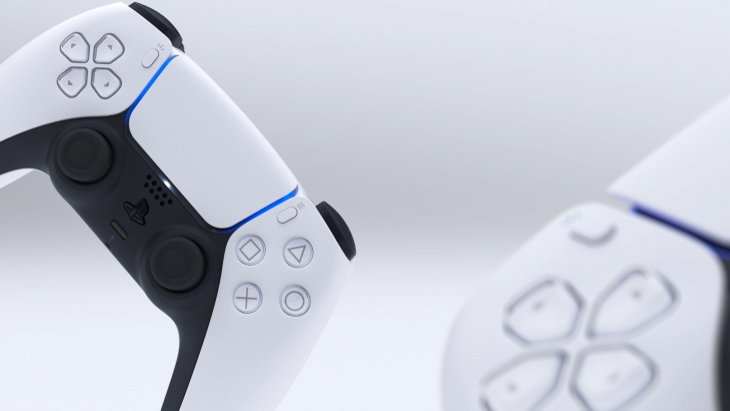
The PlayStation 5 will make the X button the global confirm button and the O button the cancel button; the opposite to what Japanese players have been used to for 26 years.
The news comes via Famitsu, discussing the upcoming next-gen consoles features such as haptic feedback and fast SSD-supported loading times. As a reminder, the console will launch November 12th in the US, Japan, Canada, Mexico, Australia, New Zealand, and South Korea. For the rest of the world, it will launch November 19th. The PlayStation 5 will cost $499.99, while the Digital Edition will cost $399.99.
However, the foot of the Famitsu article mentions the following.
“As I learned from this interview, the so-called decision button was not ○, but × was the default setting. According to the SIE public relations, this is globally unified including the Asian region including Japan, solving the problem that the operation is different between the game of × decision and the system menu of ○ decision, and the occurrence of erroneous input etc. It is said that there is an intention to prevent it.”
Translation: Google Translate
The article explains that while people of Japanese and Asian regions understand that “O” is for confirmation and “X” is for cancel, this is not shared globally. As explained by VR developer Kenji Iguchi on Twitter, the west gravitated to the “bottom button is confirm” mindset.
The other buttons on the controller- triangle and square- were seemingly more universal. The designer of the original PlayStation controller Teiyu Goto explained to 1Up.com that triangle was designed like a viewpoint (and as such typically handled camera controls), while square looked like a piece of paper (and as such handled menus).
Igushi explains in his tweets that 26 years of muscle memory is about to be betrayed for Japanese players, a decision that could bite Sony Interactive Entertainment (SIE).
“For a very long time PlayStation had to juggle two button configurations – right side button (O) to confirm in Japan, bottom side button (X) for elsewhere. I guess they’ve finally decided enough is enough and are no longer going to give Japan special treatment.
Though I expect this will go down VERY badly with Japanese players. Unlearning muscle memory acquired through years of repetition is extremely tough. For the short term, I think JP developers are actually going to face MORE dev burden instead of less due to this…
Also, Japan was one of the countries where the major accepted mainstream gaming platforms (This qualifier excludes Xbox and PC) had a uniform menu button control scheme, as both Nintendo and Sony used Right-to-Confirm.
This change will (annoyingly) also align Japan with the rest of the world, where the Confirm button will differ depending on whether you’re a Sony or Nintendo fan – and a world of hurt if you have both! :|”
Whether individual developers will include button remapping, alternate control schemes, or region-specific control schemes will remain to be seen.
SIE have seemingly taken a more global stance on the content of their games as well; specifically a more conservative approach to sexual content. However this only seems to be applied to anime-style games, and no changes in violent content that some nations may object to.
In late December 2018, SIE Japan Asia President Atsushi Morita stated the then recent spate of censorship of anime-styled sexual content on PlayStation 4 games had been “to meet global standards.” This censorship was seemingly forced in Japan.
Recently we delved into the rumor that Tencent had influenced Sony in some way to encourage censorship of anime-styled sexual content on PlayStation 4.
Sony frequently cites global and community standards as reasons for their censorship practices. This has led to Japanese developers to release on other platforms, or create different versions.
This was the case with D3’s “Breast-Expansion Dungeon RPG“ Omega Labyrinth Life, which was released uncensored on the Nintendo Switch at launch. A censored version for the PlayStation 4 titled Labyrinth Life (omitting the “Omega” which is stylized as a busty girl in the logo) was released also at a reduced price to reflect the cut content.
Whether Sony Interactive Entertainment continues their censorship policy in the next generation will remain to be seen, though the new control scheme would imply Japan is no longer the focus for the Japanese company. It should be noted the company’s global headquarters are currently in San Mateo, California, United States.
Image: PlayStation
